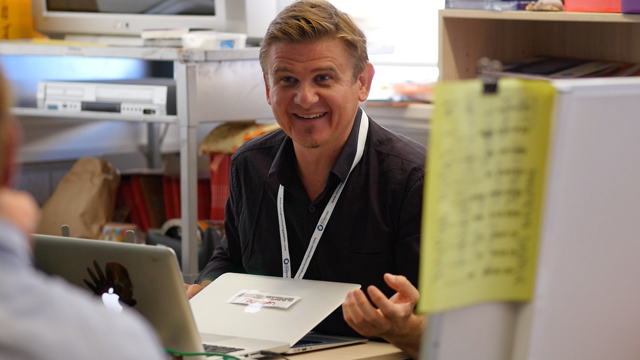
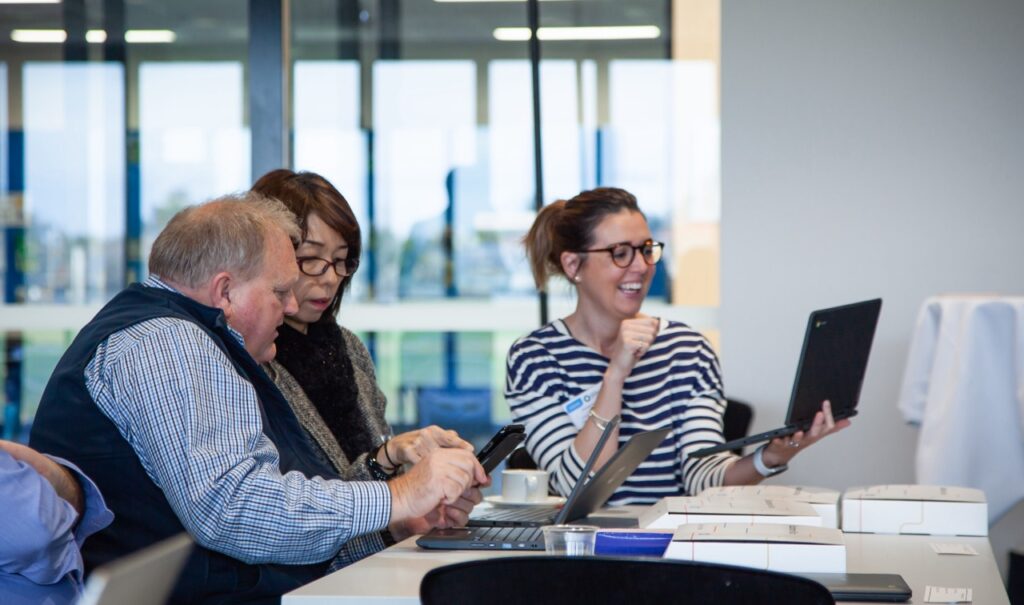
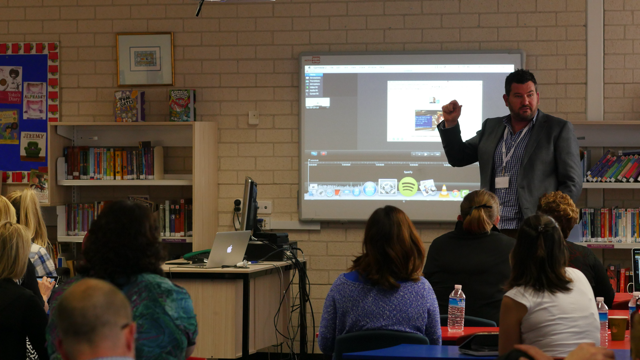
It often follows structured models and methodologies like Lewin’s Change Management Model, Kotter’s 8-Step Process, or the ADKAR Model, which provide frameworks for planning, engaging, implementing, and evaluating change.

It aims to make the change more accessible and less intimidating by breaking down barriers, which can include psychological resistance or logistical obstacles.
While change management provides the structure and strategy for change, change facilitation delves into the day-to-day interactions that make these changes possible and sustainable.


Change facilitation prioritises the human aspect, ensuring that the change is understood, accepted, and adopted at the individual level, which is crucial for the overall success of change management strategies.
Change facilitation allows for real-time adjustments based on direct feedback and observations, making it a more dynamic complement to the often more rigid frameworks of change management.


By aligning change facilitation with change management, organisations can ensure that the structural changes have the support and buy-in they need from within, ultimately leading to more successful and lasting transformations.
Everyone's grumpy because they don't know how to use the new tools.
Your team gets new project management software, but without proper onboarding, everyone sticks to their old methods, causing chaos and frustration.
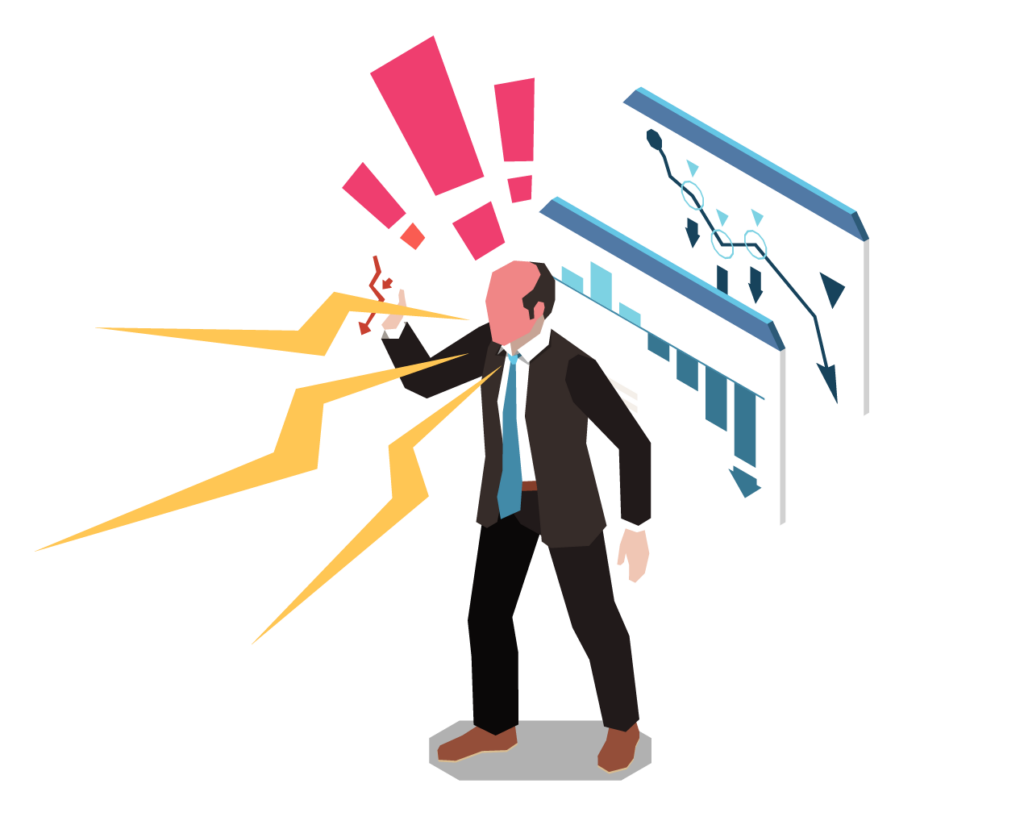

It's like having a Ferrari and driving it 20 mph.
You roll out Microsoft Teams across your organisation, but most of your staff use it only for chat, ignoring features like file sharing and collaboration that could skyrocket productivity.
You're essentially buying a gym membership and never going.
Your company invests in a comprehensive CRM system, but due to lack of adoption, your sales team continues to manage contacts and sales opportunities in disjointed spreadsheets.
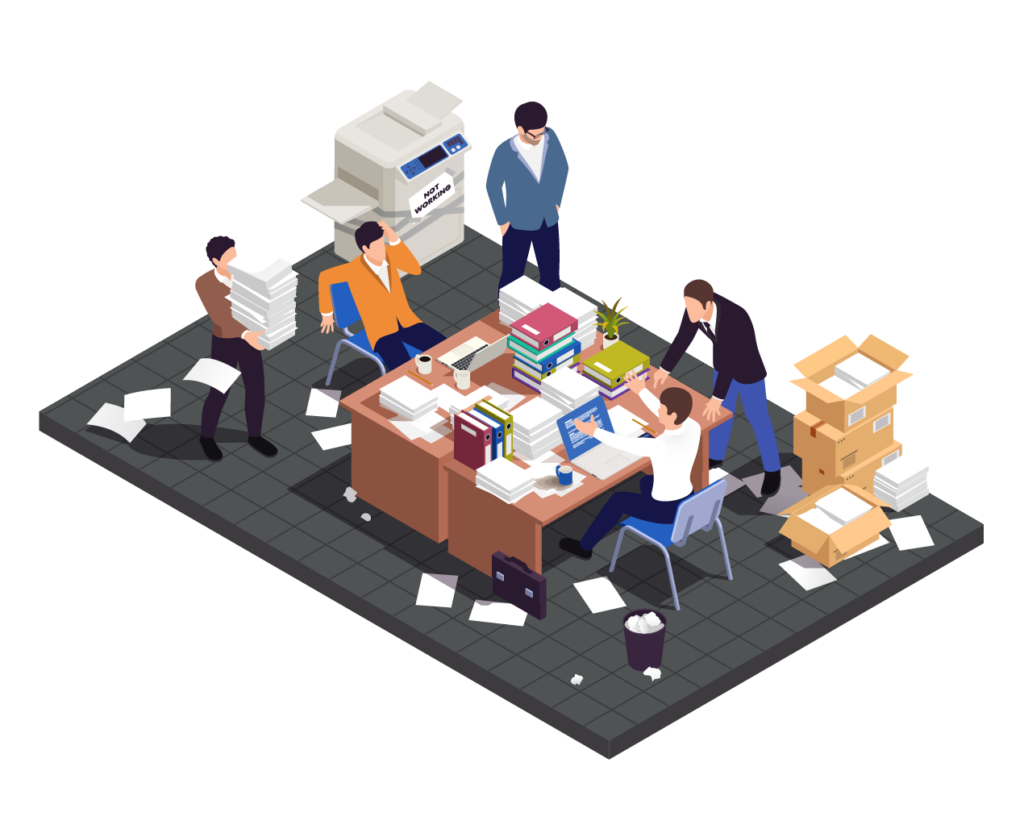
It's like endlessly circling the airport without landing.
Without effective change facilitation, a switch to cloud-based document management takes months longer than necessary, during which documents are lost or misfiled, leading to significant delays in workflows.


If it's chaos, people leave. Simple as that.
Continuous frustration with poorly implemented communication tools leads to key team members quitting and seeking better organisational support elsewhere.

It's like never fully getting the hang of riding a bike.
Employees feel perpetually unsure about how to use the new enterprise software, resulting in repeated mistakes, underperformance, and a reliance on IT support for basic tasks.
Our approach at Using Technology Better focuses on change facilitation as a core component of the change management spectrum.
We offer:
Designed to meet the unique needs and learning styles of each team member.
Ensuring every individual is competent and comfortable with new technologies.
Adaptations made from real-time insights to optimise the learning curve.
Change facilitation isn’t just a part of change management—it’s a crucial strategy that ensures technology is adopted efficiently and effectively. With our expert facilitation, your organisation will:
Choose Using Technology Better for your technology training and change facilitation needs. Let’s ensure that your technological transformations are not just managed but are truly embraced and leveraged across your organisation.